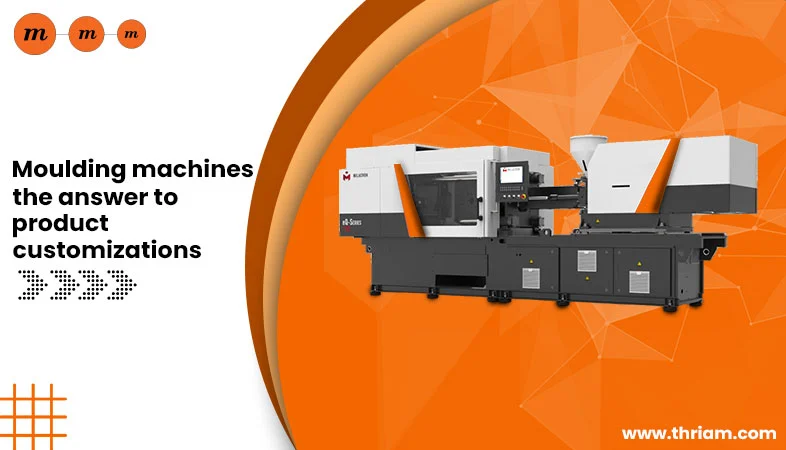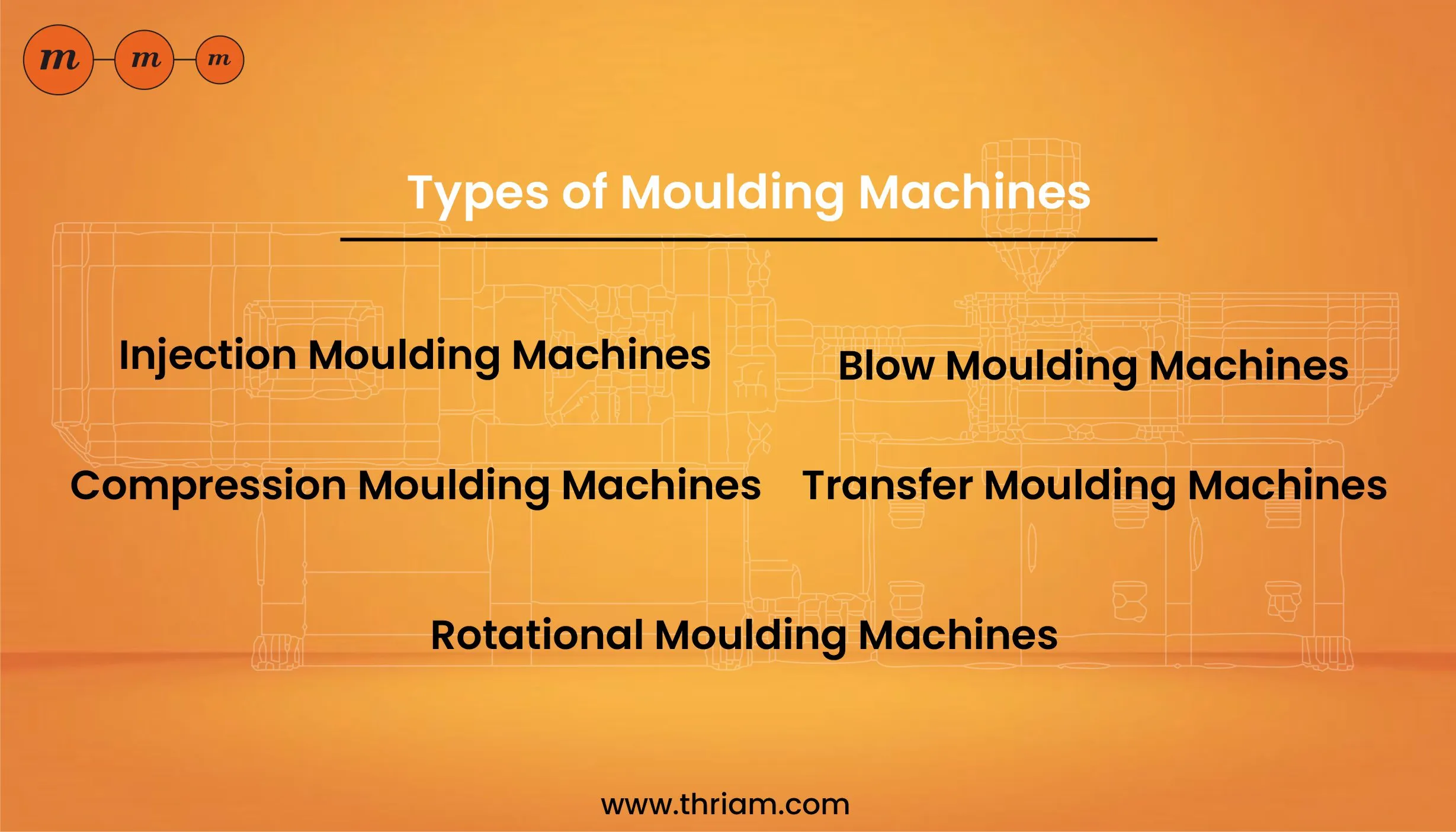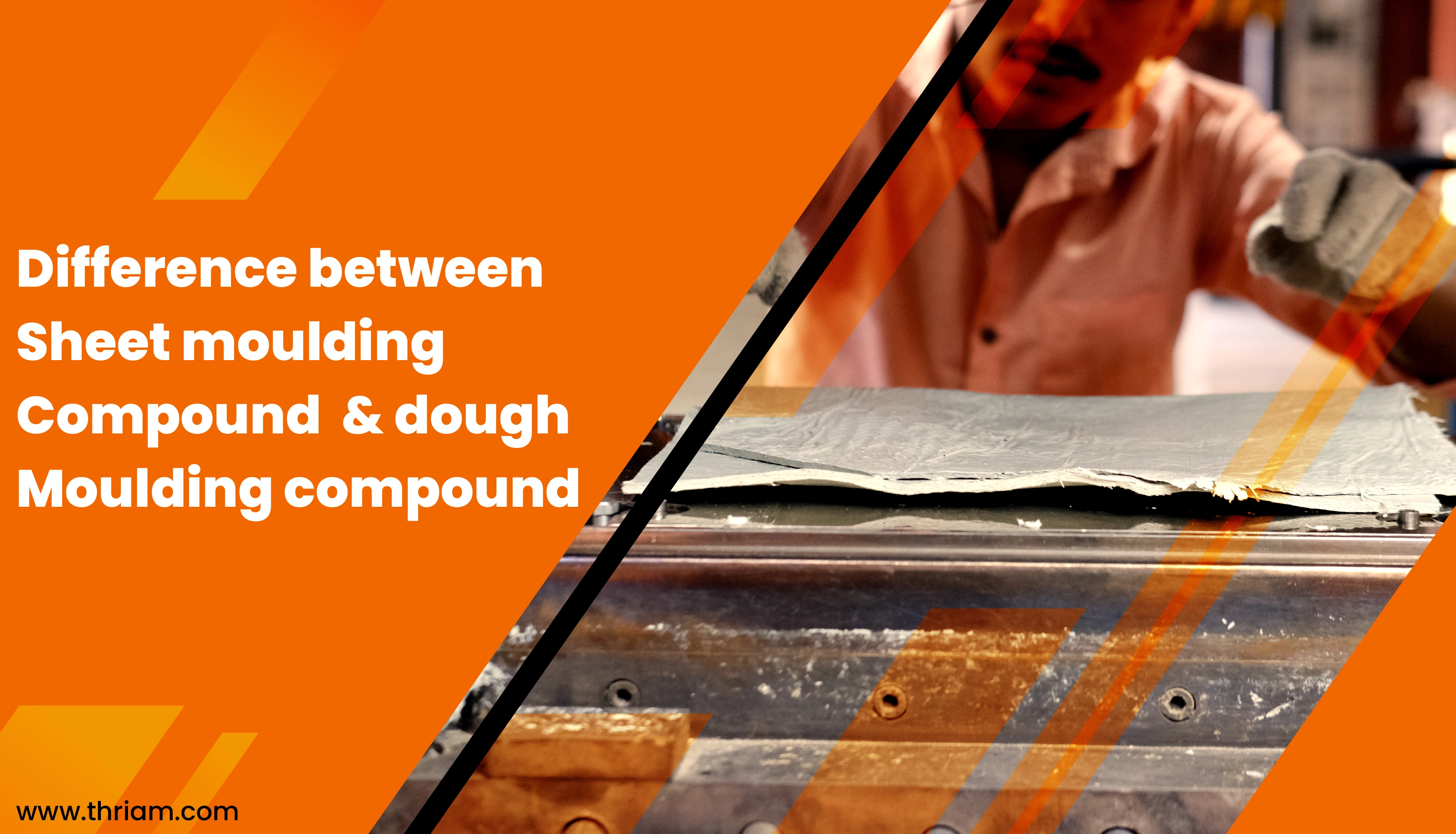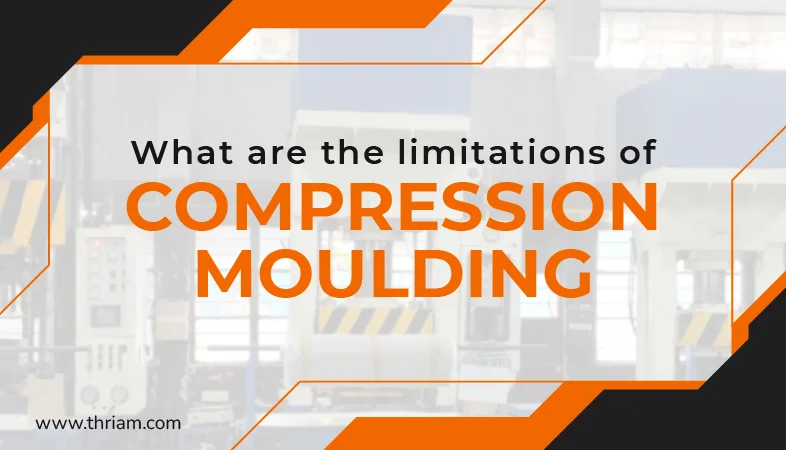How Moulding Machines Have Transformed the Product Design Landscape

Product design plays a crucial role in the success of any product. It determines the functionality, aesthetics, and overall appeal that attracts consumers. In recent years, moulding machines have revolutionized the world of product design and customization. These machines have enabled designers to create complex designs and shapes that were previously unattainable. This blog explores the impact of moulding machines on product design and customization, highlighting their benefits and discussing emerging trends in the field.
Role of Moulding Machines in Product Design
When it comes to product design, moulding machines have become an indispensable tool. These machines allow designers to transform their ideas into tangible products by creating molds of various shapes and sizes. The use of moulding machines ensures precision and consistency in the manufacturing process, resulting in high-quality finished products.
One of the significant advantages of moulding machines is their ability to produce complex designs. With traditional manufacturing methods, intricate designs were often impossible or extremely costly. Moulding machines have overcome this limitation by allowing designers to create products with intricate details and unique shapes. This capability has opened up a world of possibilities for designers, enabling them to unleash their creativity.
In addition to complex designs, moulding machines also offer flexibility in material selection. Whether it is plastic, rubber, metal, or composites, these machines can work with a wide range of materials. This versatility allows designers to choose the most suitable material for their envisioned product, considering factors such as durability, weight, and cost.
Impact of Moulding Machines on Customization
Customization has become a significant trend in various industries. Consumers now expect products that are tailored to their individual preferences and needs. This is where moulding machines have truly made a mark. By utilizing techniques such as injection moulding and blow moulding, these machines have enabled extensive customization options.
Injection moulding, for instance, allows designers to create products with multiple colors, textures, and patterns. This technique injects molten material into a mold using high pressure, resulting in precise detailing and customization options. Blow moulding, on the other hand, is commonly used for creating hollow products, such as bottles and containers.
This technique offers flexibility in size, shape, and material, making it ideal for customized packaging solutions.
The impact of moulding machines on customization can be witnessed across various industries. In the automotive sector, moulding machines have facilitated the creation of custom interior components, such as dashboard consoles and door trims. In the medical industry, these machines have enabled the production of personalized prosthetics and medical devices. The possibilities for customization are endless, and moulding machines have played a significant role in bringing them to life.
Benefits of Moulding Machines on Product Design and Customization
The adoption of moulding machines in product design and customization offers numerous advantages. One of the key benefits is cost-effectiveness. By streamlining the manufacturing process and eliminating the need for multiple manufacturing steps, moulding machines can significantly reduce production costs. This cost-effectiveness allows companies to offer customized products at competitive prices, making them more accessible to consumers.
Furthermore, moulding machines enhance efficiency and speed in the manufacturing process. The automation and precision offered by these machines result in faster production cycles and reduced lead times. This not only benefits the manufacturers but also meets the growing demands of today's fast-paced consumer market.
In addition to cost-effectiveness and efficiency, moulding machines have a positive environmental impact. The ability to produce accurate molds and minimize material waste contributes to a more sustainable manufacturing process. As the world becomes more conscious of environmental concerns, the adoption of moulding machines aligns with the principles of eco-friendly production.
Challenges and Limitations of Moulding Machines
While moulding machines offer numerous benefits, there are certain challenges and limitations to consider. One of the challenges is the complexity of design that can be achieved. Although moulding machines allow for intricate designs, there are still limitations in terms of design complexity due to the technical constraints of the machines. Designers need to balance their creative vision with the capabilities of the moulding machines to achieve the desired results.
Another limitation is the material selection. While moulding machines can work with various materials, there are certain limitations to consider. Some materials may not be suitable for certain moulding techniques or may require additional processing steps, which can affect the overall cost and feasibility of the project.
Future Trends and Innovations in Moulding Machines
The field of moulding machines is constantly evolving, with new technologies and innovations being introduced. One such trend is the integration of 3D printing technology with moulding machines. This combination allows for even more complex designs and customization options, as well as the ability to create prototypes more efficiently.
Another emerging trend is the use of sustainable and bio-based materials in the moulding process. Manufacturers are exploring innovative materials that offer improved environmental performance without compromising on product quality. This trend aligns with the growing consumer demand for sustainable products and manufacturing practices.
Additionally, advancements in artificial intelligence and machine learning are expected to further enhance the capabilities of moulding machines. These technologies can help optimize the manufacturing process, improve efficiency, and provide valuable insights for designers and manufacturers.
Conclusion
Moulding machines have had a significant impact on product design and customization. They have enabled designers to create complex and intricately designed products with the help of molds, while also offering extensive customization options. The benefits of moulding machines, such as cost-effectiveness, efficiency, and sustainability, have made them an indispensable tool in various industries.
As the field of moulding machines continues to advance, we can expect to see even more innovative solutions and possibilities for product design and customization. With technologies like 3D printing, sustainable materials, and artificial intelligence, the future of moulding machines looks promising. It is an exciting time for designers, manufacturers, and consumers alike as these machines continue to shape the way products are designed and brought to life.
Bonus content
Types of Moulding Machines

1. Injection Moulding Machines
Injection moulding machines are one of the most widely used types of moulding machines. They are used to produce a wide range of products, from small intricate components to large plastic parts. In this process, molten material, typically plastic, is injected into a mold cavity under high pressure. Once the material cools and solidifies, the mold is opened, and the finished product is ejected. Injection moulding machines offer high efficiency, precision, and the ability to create complex designs with multiple colors, textures, and patterns. They are commonly used in industries such as automotive, electronics, and packaging.
2. Blow Moulding Machines
Blow moulding machines are used primarily for the production of hollow objects such as bottles, containers, and plastic tanks. This process involves melting plastic material and forming it into a hollow tube-like shape, known as a parison. The parison is then placed in a mold cavity and inflated with compressed air to take on the shape of the mold. Once the plastic has cooled and solidified, the mold is opened, and the finished product is removed. Blow moulding machines offer high production rates, excellent material distribution, and the ability to create large-sized products with consistent wall thickness.
3. Compression Moulding Machines
Compression moulding machines are used for producing products with high strength and dimensional accuracy. In this process, a predetermined amount of molding material, such as rubber or thermosetting plastics, is placed in a heated mold cavity. The mold is then closed and held under pressure until the material cures and solidifies. Compression moulding machines are known for their simplicity, low cost, and suitability for large-volume production. They are commonly used in industries such as automotive, aerospace, and electrical appliances.
4. Transfer Moulding Machines
Transfer moulding machines combine elements of compression moulding and injection moulding. They are used for producing precision components and products that require insert molding. In this process, the molding material is preheated and transferred into a mold cavity through channels or sprues. The mold is then closed, and the material is compressed and cured. Transfer moulding machines provide excellent control over material flow, precise positioning of inserts, and reduced cycle times. They are widely used in industries such as electronics, medical devices, and automotive.
5. Rotational Moulding Machines
Rotational moulding machines are commonly used for the production of large, hollow plastic products with complex shapes. In this process, powdered plastic material is placed in a heated mold, which is then rotated slowly on two axes. The plastic melts and coats the inner surface of the mold, forming a hollow product. Once the material has cooled and solidified, the mold is opened, and the finished product is removed. Rotational moulding machines offer design flexibility, uniform wall thickness, and the ability to produce large-sized products without the need for additional assembly steps. They are extensively used in industries such as toys, storage tanks, and automotive components.



